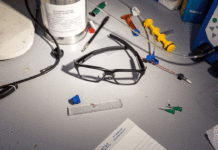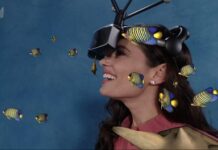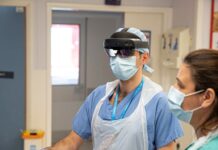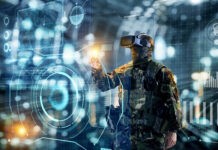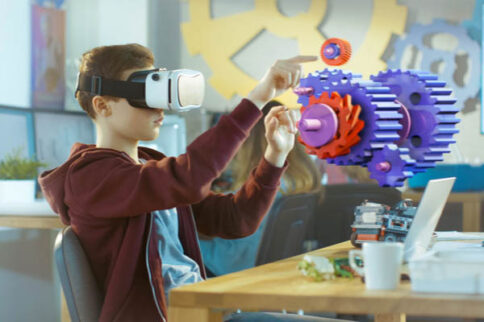
Every industry in the world is rapidly changing by using technology in the working environment. It is then obvious that the trend needs to happen in schools as well. Traditional methods of teaching are still applicable also necessary but with the implementation of AR Technology in education, the content along with quality of teaching can improve. A huge percentage of primary and secondary schools already have tablets in the classroom. This allows teachers to create exciting learning experiences for the children. It has a profound impact on learners. It equips them with the skills they will need when going out into a digital-based world.
AR is here to stay with an estimated market value of $52 billion to be reached in 2022. How do teachers use AR Technology in the classrooms or for education purpose?
Setting up AR in the classroom
The first thing that educators should do is identify the need for AR. What do you want to do with it? Do you want to create interactive lessons or do you want to teach the student how AR works? The goals will vary from class to class and from lesson to lesson but your objectives should be clear in why you want to utilize AR in the classroom.
Learning through doing
The days where children sat in class repeated everything a teacher said are over. Learners learn things by doing them on their own. By giving them an awareness of AR they have the opportunity to create AR content in school thus learning even more about the technical aspects. The result of this hands-on approach is a 75% increase in retention rate. It ultimately allows them to further explore a given topic and to remember what they have learned during the lessons.
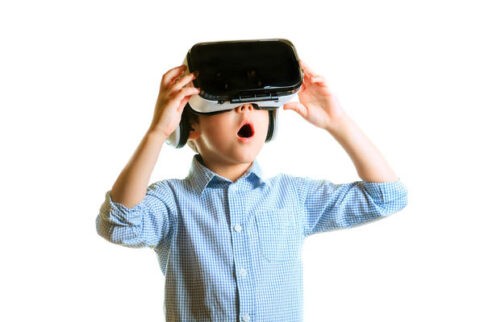
Utilize AR as a visual aid to support lessons and activities
AR works incredibly well when used as a visual aid during lessons. It brings the information off the paper which allows the subject matter to come to life. It allows students to make sense of difficult subjects. They can have a better grasp of what they are learning. Many AR apps can be used to supplement subjects like math, history, and science. The BBC Secrets of the Human Body allows students to explore 3D images of the internal organs, Apple’s Froggipedia teaches students about the lifecycle of a frog, and WWF’s Free Rivers apps allow students to learn more about the importance of rivers.
Even though technology has become vital in classrooms, not all classrooms are using it. The importance of AR in an educational setting cannot be stressed enough. The children of the 21st Century are visual learners. With these apps, they are not only finding learning easier, but they also get to explore AR functions like applications of media, the process of creation and development, and presentation skills. Equipping learners with a digital skillset is something that schools need to employ to send techno-literate adults into the digital world.











